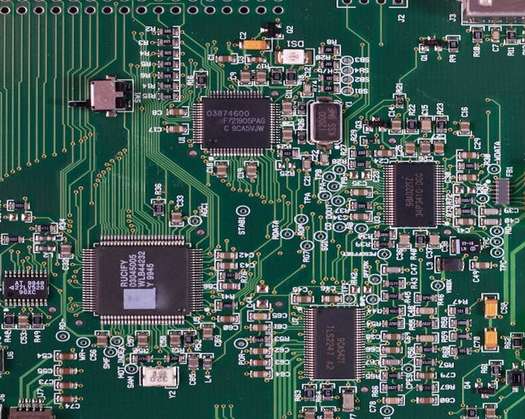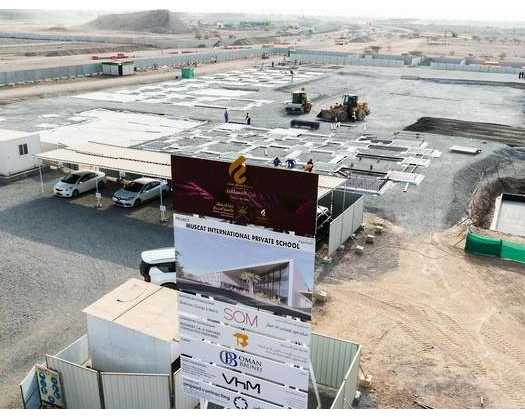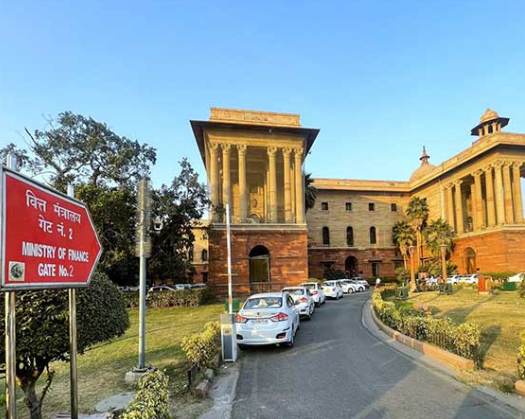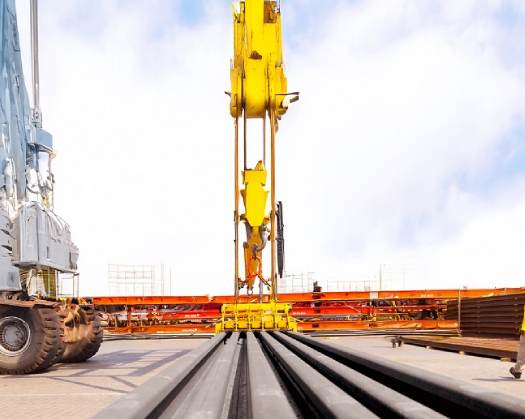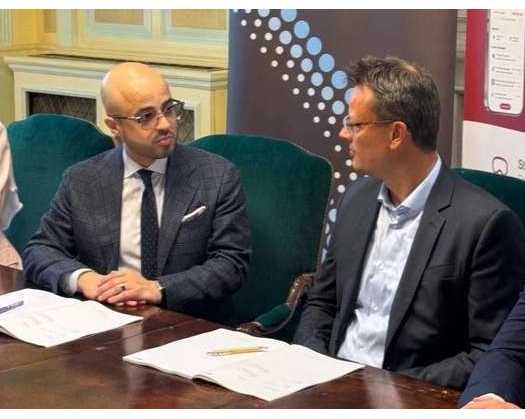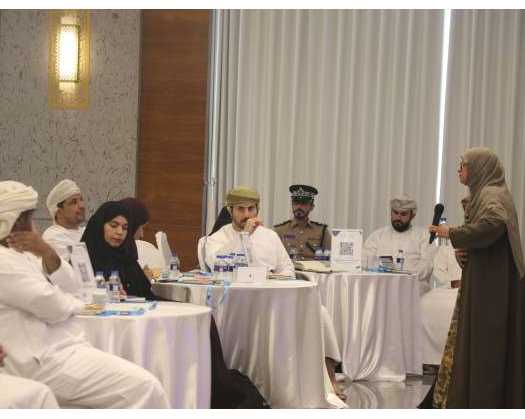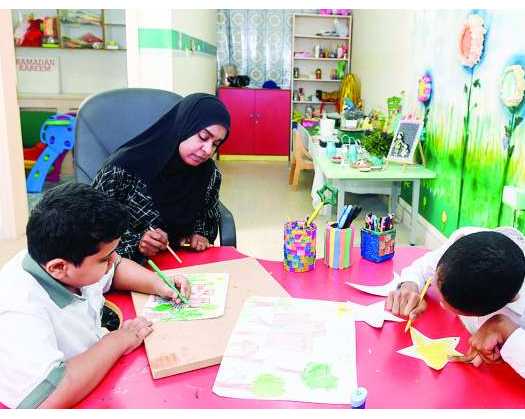India is progressing towards establishing itself as a global semiconductor hub, aligning with Prime Minister Narendra Modi’s vision of transforming the nation into a semiconductor manufacturing leader by 2035.
To achieve this ambitious objective, India must reduce its reliance on imports, which currently account for over 90% of its semiconductor needs, by fostering a robust domestic ecosystem. This initiative is also part of the country’s broader strategy to generate more employment opportunities.
Meanwhile, South Africa is in the early stages of developing its semiconductor industry, and the African continent possesses abundant mineral resources—such as cobalt, copper, graphite, silicon, and tantalum—that are essential for semiconductor production. African nations could take inspiration from India’s approach and enhance their economic prospects through value-added projects instead of merely exporting these resources to other countries for industrial development.
For a nation like South Africa, which faces a high unemployment rate, emulating India’s strategy to expand its semiconductor sector could lead to the creation of thousands of new jobs.
India is making significant investments in infrastructure and technical skills to realize its ambition of becoming a semiconductor hub within the next ten years. Additionally, it has introduced a $10 billion (R185 billion) incentive program that covers up to 50% of project costs to attract international companies.
One of the key initiatives is the India Semiconductor Mission (ISM), aimed at establishing a strong semiconductor ecosystem crucial for powering electronic devices across India. The COVID-19 pandemic highlighted the vulnerabilities in the global semiconductor supply chain, prompting the launch of the ISM in 2022 to foster a resilient semiconductor environment domestically.
The mission operates under the Digital India Corporation and is responsible for enhancing semiconductor manufacturing, packaging, and design capabilities. To further this goal, India is providing an attractive incentive package to promote the development of semiconductor and display fabrication facilities.
This initiative is designed to draw major industry players and boost investments in India's semiconductor infrastructure.
Recent advancements in the semiconductor sector include the initiation of three projects: a semiconductor fabrication facility and two Outsourced Semiconductor Assembly and Test (OSAT) facilities, one located in Gujarat and the other in Assam. These developments represent significant progress toward realizing India's ambitions in this field.
Srini Chinamilli, CEO of the semiconductor firm Tessolve, asserts that India's goals are "bold but achievable." He emphasizes that with a strong emphasis on infrastructure development and the utilization of its growing technical expertise, India has the potential to emerge as a key player in the global semiconductor landscape.
In a discussion with the innovation platform ET EDGE, Chinamilli expressed his support for the substantial investments and government incentive programs. He noted that the country has a skilled workforce of engineers currently assisting multinational corporations in designing advanced products, who would be well-positioned for local semiconductor manufacturing.
India benefits from the latest advancements, innovation, and specialized talent through its international partnerships, yet it faces certain challenges. Chinamilli notes that while the ISM and government initiatives for skills development represent positive progress, there is a pressing need for further enhancement in emerging technologies such as semiconductors to expedite India's goal of becoming a leading semiconductor hub. He asserts, “With sustained efforts, India is on track to establish itself as a global semiconductor center.”
Chinamilli further emphasizes that India’s collaborations with nations like the US, Japan, and Taiwan are essential for accelerating its semiconductor ambitions by capitalizing on its technological expertise, investment opportunities, and advanced manufacturing capabilities.
These collaborations play a vital role in facilitating technology transfer, attracting strategic investments, and enhancing India’s position within the global semiconductor supply chain.
For countries like South Africa, a key lesson from India's journey toward becoming a global semiconductor manufacturer is the importance of establishing foundational elements, such as infrastructure and investment in human capital, along with fostering public-private partnerships supported by skills development. This approach is crucial for achieving national objectives, whether in developing a semiconductor industry or pursuing other economic growth initiatives.

